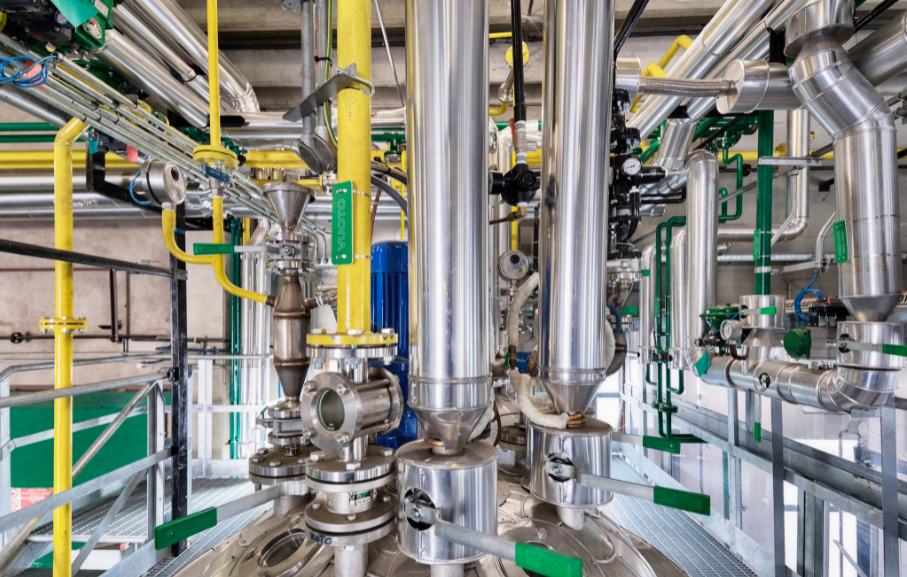The Polyurethane Systems business unit of specialty chemicals company LANXESS will present innovative material developments at this year’s Polyurethane Manufacturers Association (PMA) Annual Conference. They will be presenting two new Adiprene ranges of prepolymers, which are produced using Low Free (LF) technology, so they have very low diisocyanate content. The Polyurethane Manufacturers Association (PMA) Annual Conference will be held in Salt Lake City, Utah, USA from August 7th to 9th.

meet the highest requirements
One of the most challenging applications for polyurethane gating systems is high temperature applications. As polyurethane chemistry has improved over the years, gating systems are being used more and more frequently in this high-performance segment. Ian Laskowitz, Application Development Manager Polyurethane Systems at LANXESS will highlight the new polycarbonate-based Adiprene LF TR400 high-temperature prepolymer.
This low free TDI prepolymer is cured with MCDEA (4,4′-methylenebis(3-chloro-2,6-diethylaniline)). It is easier to process than similar prepolymer systems for high temperature applications. For example, it provides manageable processing/pour life. The results show that the prepared castable elastomer has high performance comparable to existing polyurethane high-temperature systems, and has excellent high-temperature performance retention. Therefore, tear strength hardly decreases at high temperature. In addition, it has high heat aging resistance at 150°C.
Ian Laskowitz’s presentation will expand the use of high temperature physical property testing, comparing this new prepolymer to standard cast polyurethane materials, and the ability to maintain high temperature physical properties after heat aging in high temperature applications. The processing needs of the material will also be discussed.
Ease of handling and enhanced performance
LANXESS has developed a unique one-component blocked prepolymer Adiprene K LFM E820 based on a caprolactam (CAP) blocked prepolymer and a diamine curing agent. This will be the focus of senior chemist George Brereton’s presentation at the annual meeting of the Polyurethane Manufacturers Association (PMA).
Low-viscosity blocked prepolymer systems based on low-free technology allow the use of unconventional raw materials for chemistries, including more viscous polycarbonate polyols and unique amine types. These stable, one-component systems offer processors many advantages, including increased control over the curing process and improved batch-to-batch product consistency. Without limiting pot life, these systems allow machining of large parts, complex contour designs and rotational molding of hollow parts. These systems can offer enhanced thermomechanical properties, ease of processing, and enhanced industrial hygiene.
The wide range of possible applications for blocked low free prepolymers ranges from small thicknesses of 1-2 mm to large components of up to several tons. These systems are used, for example, as abrasive pad binders or as coatings for industrial rollers, as well as for impregnation of industrial belts. It also has the advantage of eliminating the need for mixing and metering systems, which is worth it in terms of component cost. Potential applications include dynamic bending stiffeners for thick cables such as submarine cables, industrial rolls, wind turbine rotor blades or components of large composite structures.
The LANXESS Polyurethane Systems business unit is one of the world’s leading suppliers of polyurethane systems for elastomers, coatings, adhesives and sealants, with a particular focus on solvent-free and monomer-free systems and offers its customers decades of expertise in polyurethane chemistry knowledge, comprehensive application expertise and deep manufacturing experience.



 微信扫一扫打赏
微信扫一扫打赏
